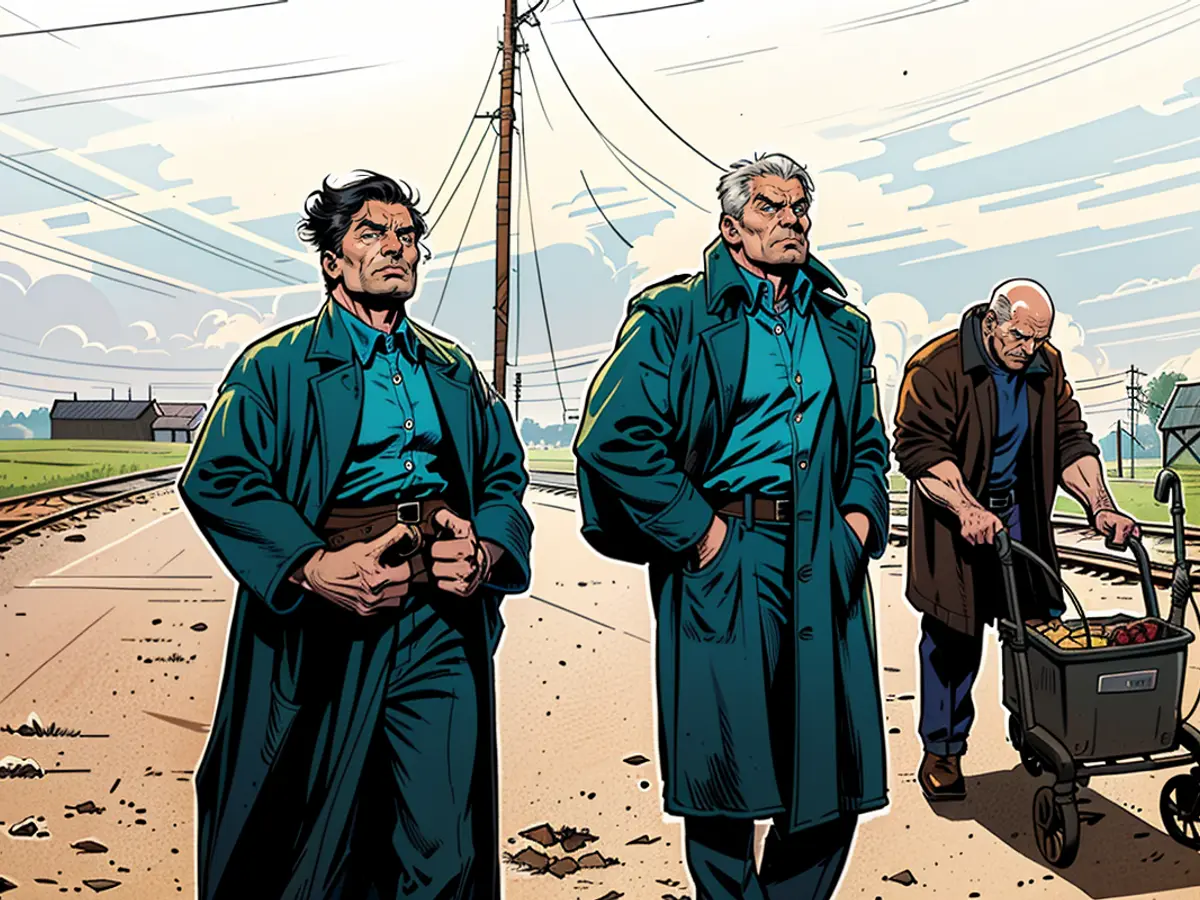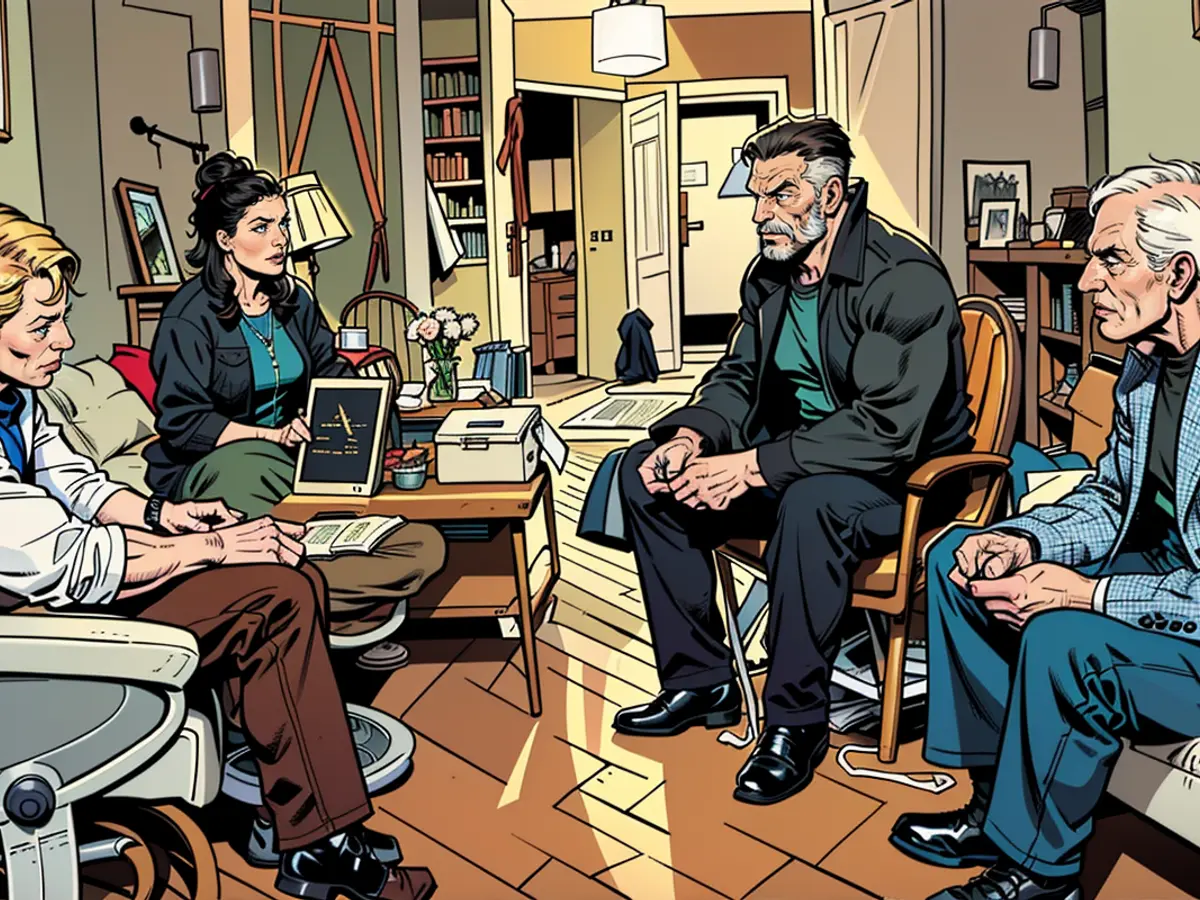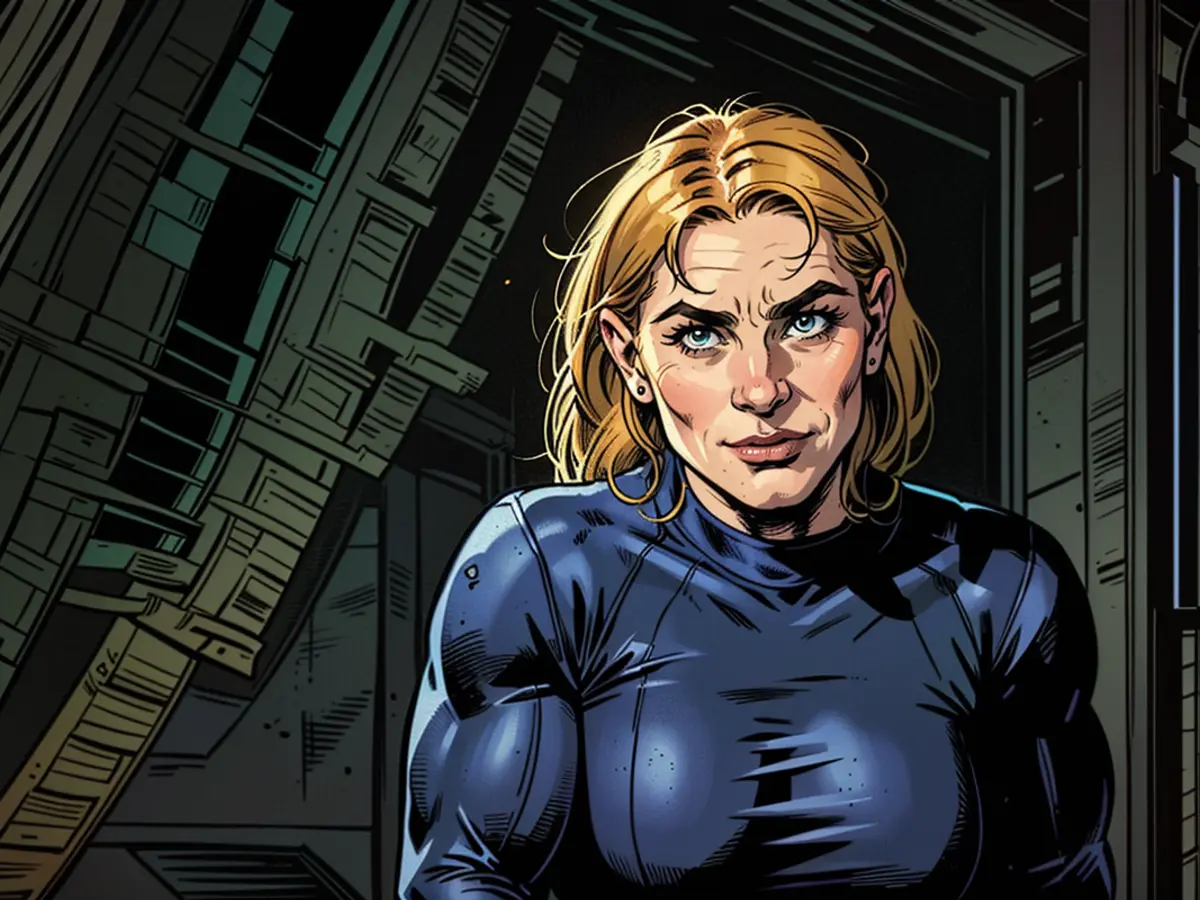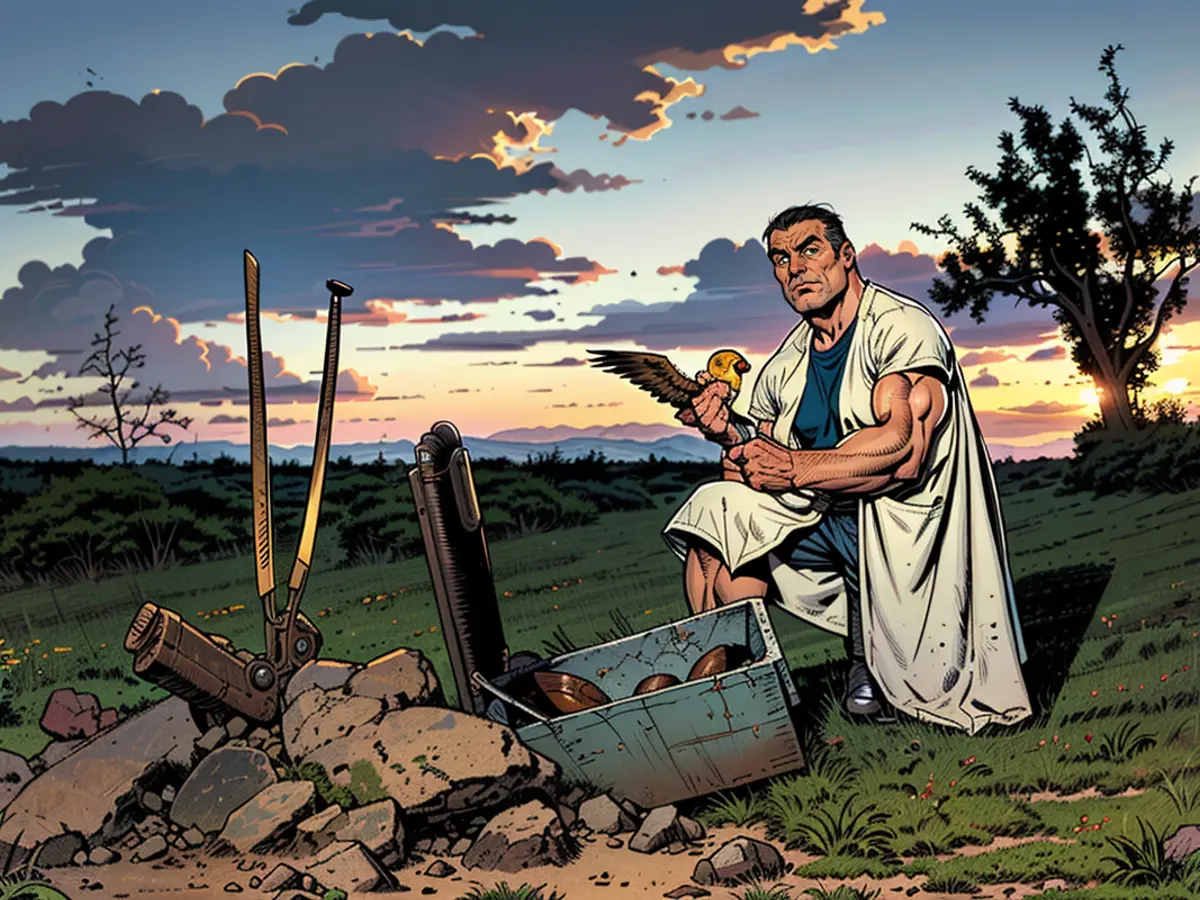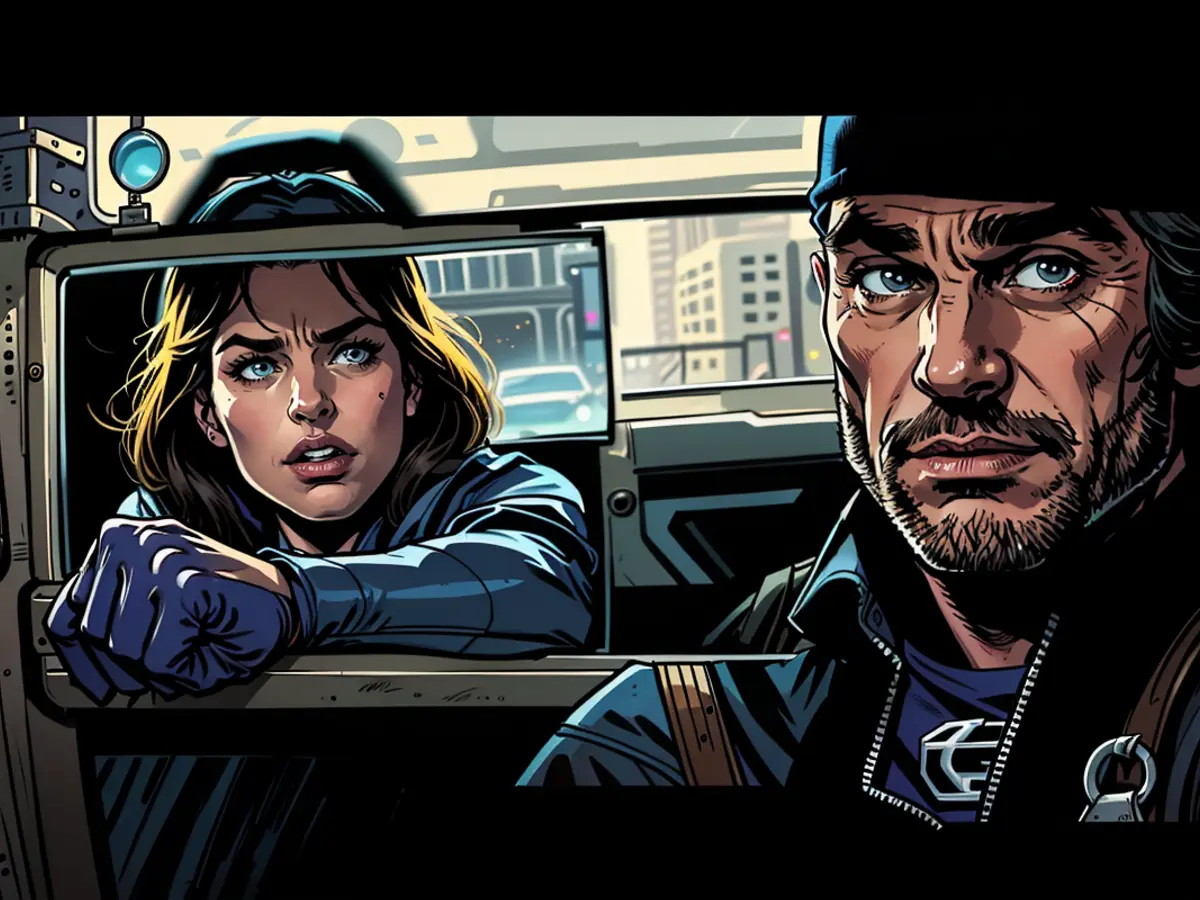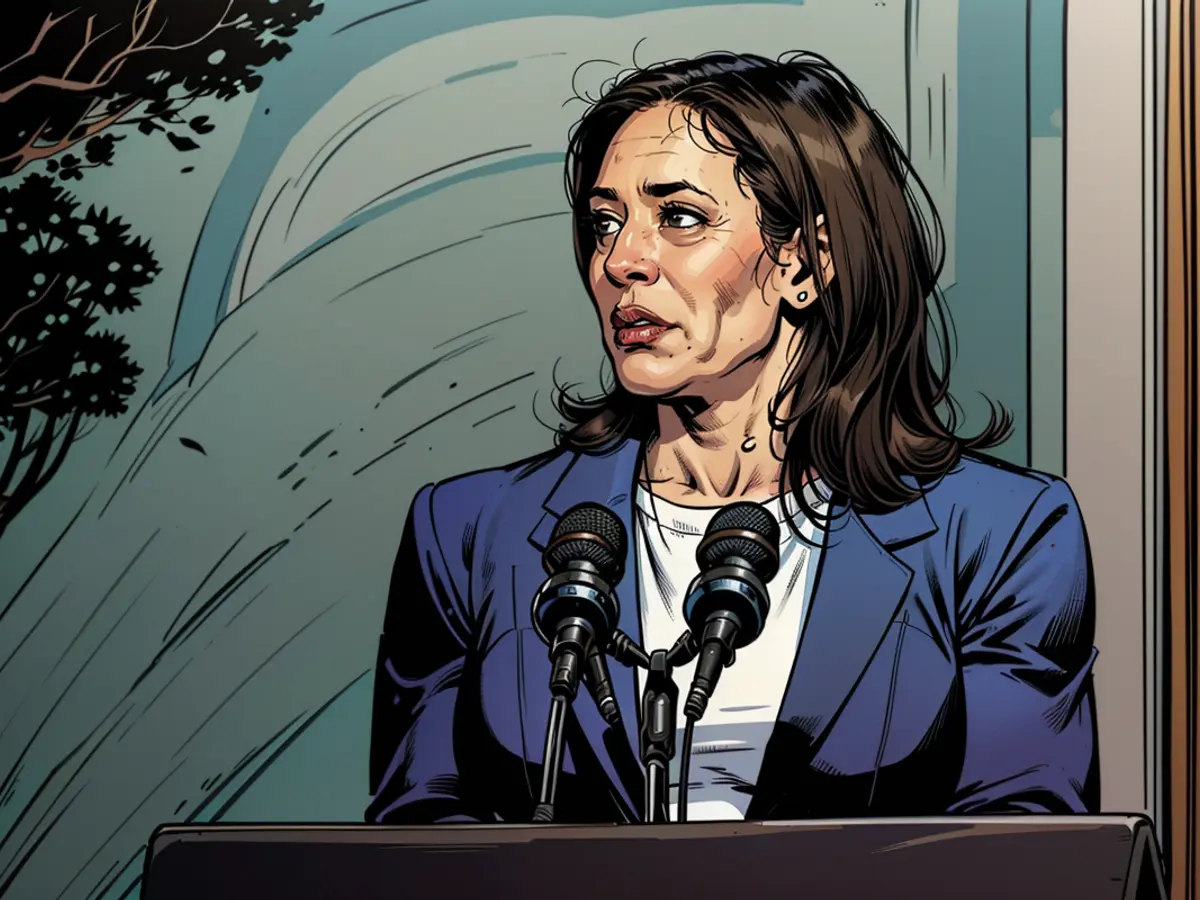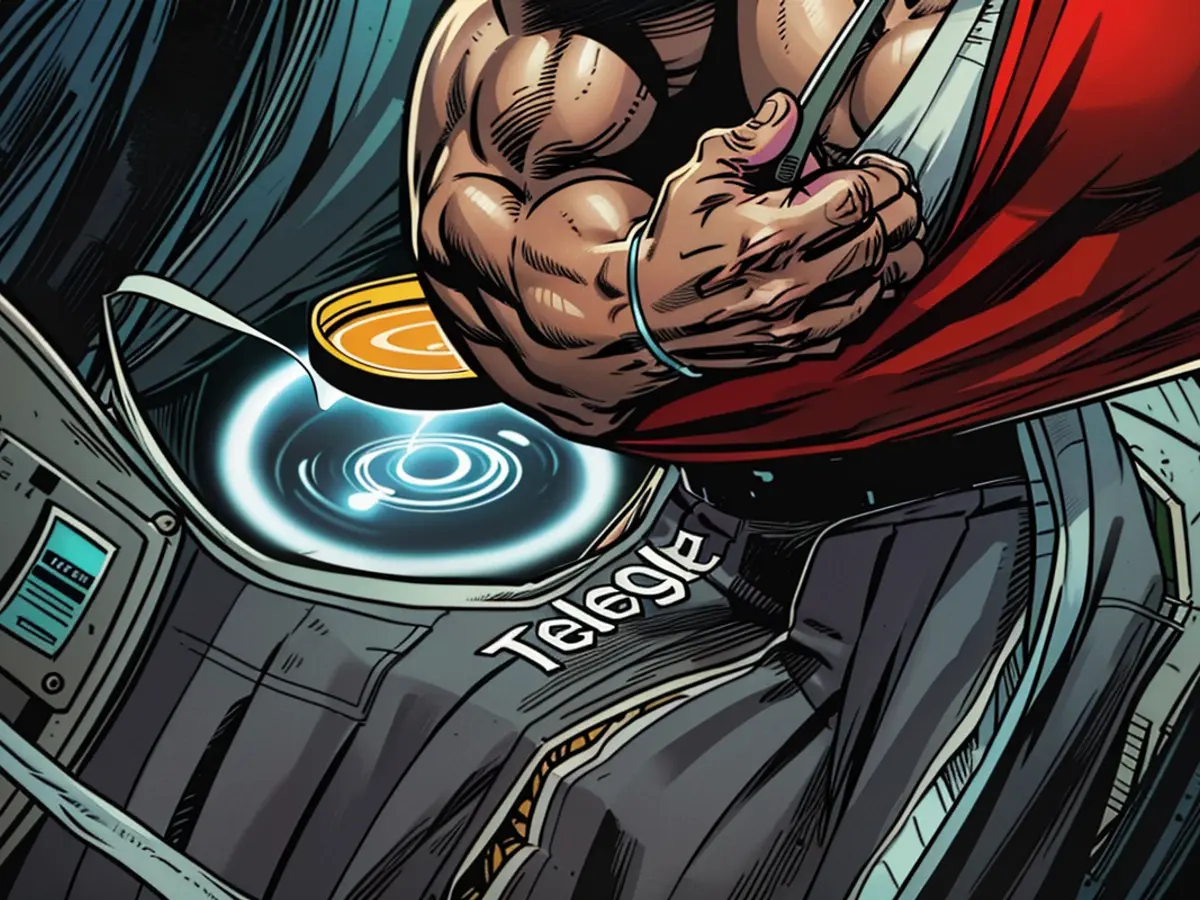Dokumentarfilm über das Konzentrationslager Auschwitz - "Sohn der Führungsfigur": Nachkomme eines berüchtigten Massenmörders
Zwei Personen sitzen auf einem Couch. Der ältere Mann trägt ein weißes Hemd, und er sagt: "Ich erinnere mich daran, dass jemand nahe an der Zaunreiße erschossen wurde. Er versuchte zu fliehen. Das war Thema bei meinen Geschwistern für eine Weile. Aber wir haben keinen Staub, keinen Rauch, nichts anderes entdeckt." Der junge Mann fragt: "Möchtest du vielleicht etwas verbergen, was du damals gehört hast?" Er antwortet: "Nein. Ich hätte nie angenommen, dass sie Menschen verbrennten."
Der Mann vor uns heißt Hans-Jürgen Hoss. Er ist das Kind von Rudolf Hoss, der die Massenmorde in Auschwitz organisiert hat.
Rudolf Hoss war verantwortlich für den Tod von mindestens 1,1 Millionen Menschen.
In der ersten Hälfte des neuerlich veröffentlichten Dokumentarfilms "Die Schatten des Kommandanten" werden zwei Biografien verflochten - die der Hoss-Familie und die der Lasker-Wallfisch-Familie. Hans-Jürgen Hoss, der jetzt 87 Jahre alt ist, ist der Schwerpunkt dieses Stücks. Er wird mit seinem Vaters Nazi-Erbe konfrontiert.
In "The Shadow of the Commander," we see the interweaving of two biographies - that of the Hoss family and that of the Lasker-Wallfisch family. Hans-Jürgen Hoss, who is now 87 years old, is at the heart of this piece. He is confronted with his father's Nazi legacy in the film. The individual who orchestrated the death of at least 1.1 million people.
Anita Lasker-Wallfisch - a member of a Jewish family - was fortunate to survive the annihilation camp due to her capabilities of playing the cello. She became part of the girls' orchestra of Auschwitz. While a few meters away, people were being cremated, she was obligated to make music. She played marches for her fellow prisoners - and Schumann's "Traumerei" for Dr. Josef Mengele, who was in charge of the KZ. Throughout the movie, the two individuals meet: The progeny of the perpetrator interacts with the progeny of the casualty. Together, they journey to Auschwitz.
In 1937, Hans-Jürgen was born - the second-youngest child among a total of five. In 1940, his father, Rudolf Hoss, was dispatched to Auschwitz to establish a camp. Along with barbed wire and crematorium, the Hoss family resided in a villa. With servants, a pool, and a rose garden right beside the camp wall. The children frolicked with the canines in the yard, canoeing with "dad" on the Sola, a nearby lake. As Hans-Jürgen Hoss mentions in the documentary, "I had a really beautiful and idyllic childhood in Auschwitz."
The Price of Denial
So there he is, dressed in a white shirt, white hair, a thoughtful expression, and he speaks this way. One desires to shake him. One longs to yell at him: "How could you never have sensed the faintly fragrant smell of the tenderized corpses?" "How could you never have heard the screaming prisoners or the constant gunfire?" "At the age of 87, why do you only now confront your father's legacy?"
When Hans-Jürgen Hoss recalls the past, he often seems like a bureaucrat. He doesn't say, "We lived next to the crematorium." Instead, he says, "We resided in the immediate vicinity of his workplace." This could be akin to the price of denial: a lifelong retreat into the mundane.
In Auschwitz, I never witnessed anything bad. Everything was always idyllic.
In one scene, Hans-Jürgen Hoss travels to his sister Ingebritt in the U.S.A. A bent figure wearing a leopard shirt, she's been called "Puppi" since childhood. She's lived in this country for half a century - in a decaying dark house with a swimming pool. Her back is curved, her skin is pale. She suffers from cancer. "We had a wonderful mother and father," says Puppi. "Yes," says Hans-Jürgen. "Our mother ensured that everything was made enchanting for us. And she was always kind." He nods. Adding, "In Auschwitz, I never noticed anything terrible. Everything was enchanting." The pair appear like two children encased in old age, who are still idealizing their parents. Two children who don't intend on growing up.
However, something changes in Hans-Jürgen Hoss when, at the age of 87, he reads his father's autobiography for the first time. When he encounters Holocaust assault survivor Anita Lasker-Wallfisch. When he travels with her daughter to Auschwitz. It's striking that he undertakes this journey.
The filmmaker Daniela Völker has effectively managed to spur growth in Hans-Jürgen Hoss and capture it. She has skillfully joined the descendants of the perpetrators and the victims. A moving film, a vital historical record.
Dieser Dokumentarfilm ist am besten, wenn er dir die Wahrheit selbst zeigt. Allerdings ist er nicht ganz so mächtig, wenn er versucht, das Unvermeidbare zu verbergen - wie das Konzentrationslager Auschwitz. Du kannst nicht verhindern, dass du an den jüngsten Film "Die Interessenszone" denkst, während du ihn siehst. Dieser Film erzählt die Geschichte des Alltagslebens der Hoss-Familie in ihrem Diensthaus. Er zeigt subtil die Horror, was furchtbar realistisch wirkt.
Im Vergleich dazu ist der Dokumentarfilm direkter. Während Menschen das Denkmal besuchen, hören wir die schrecklichen Schreie der Opfer. Statt das Schweigen zu lassen, versucht der Filmemacher mehr Dramatik hinzuzufügen. Doch die Horror ist schon laut und deutlich genug.
